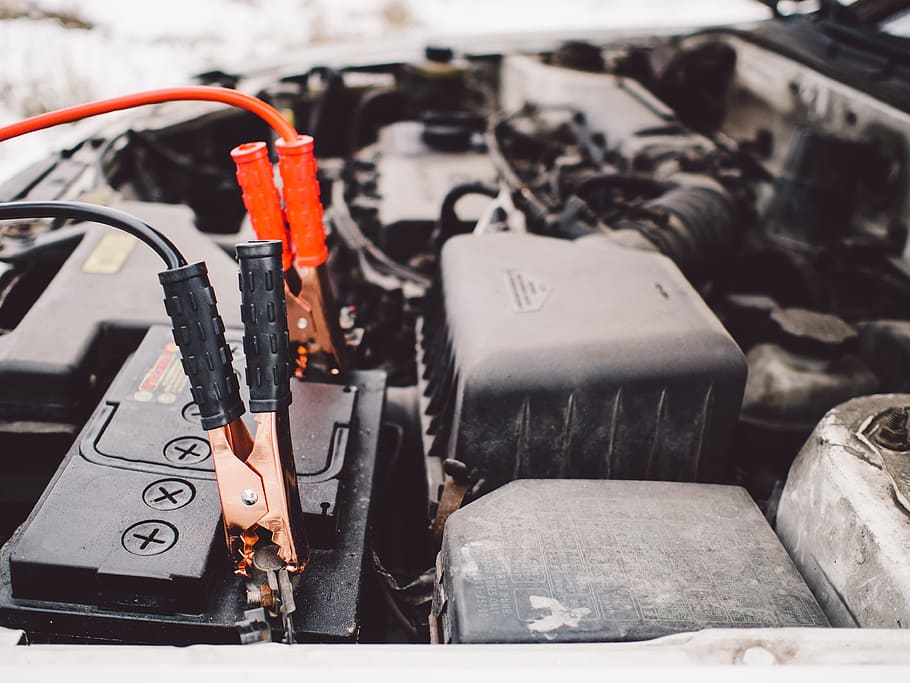Ever pulled up at the lights on Te Rapa Straight or got stuck in Rototuna traffic, and wondered what’s actually powering all your gadgets—and your car’s starter—for all those stop-start bits around Hamilton? Or maybe you’ve popped the bonnet after a cold foggy morning in Cambridge and found the engine struggling to turn over. More often than not, the humble car battery’s the culprit. But which car battery is actually best for NZ conditions, especially right here in the Waikato?
What Actually Does Your Battery Do?
Put simply, your car battery’s what gets everything going. It stores up a burst of electricity so when you jump in, turn the key or press Start, it sends juice to the starter motor and fires the engine up. After that, your alternator mostly takes over. But the battery keeps things like your radio, stereo, headlights, or heater pumping away when the car’s not moving much—like waiting behind all those potholes in Nawton or speed bumps out near Glenview. If your car’s being a bit stubborn to start, or the lights are dull, always check the battery first. They won’t last forever, especially with lots of short trips, or when winter’s rough on them.

Make sure you always ask for advice before replacing or setting up your car battery.
Five Main Types of Car Batteries We See in Hamilton
- Absorbed Glass Mat (AGM): If you’re driving something a bit newer with stop-start tech (like a Volkswagen Golf or some hybrids)—AGMs are popular these days. Good cold-start power for those minus-degree mornings in Tamahere or when you’ve got the heater cranking. The electrolyte’s locked inside glass mats, so there’s less risk of acid spills when you’re bouncing across uneven roads in Hillcrest. Not the cheapest, but very reliable and safe for modern Euro and Asian cars.
- Calcium Battery: See these a lot in your standard Japanese runabouts—think Toyota Corolla, Mazda Demio, Honda Fit. They’re worth the money if you need value, plus they last ages and hardly need topping up. Downside? They’re a mission to fully recharge once flat, and they can get grumpy if not given a good drive every now and then. Still, for folks commuting daily between places like Hamilton and Morrinsville, these are a solid option.
- Deep Cycle Battery: Not your average starter battery. More common for vehicles running a heap of gadgets or campervans heading out to Raglan for the weekend. These are built for draining down low and recharging often, but you lose instant starting grunt. If you’re Off-grid or running fridges and lighting in the car or van, this is your go-to.
- Spiral Coil Battery: Bit niche, but you’ll spot these in some American imports or higher-spec Euros, sometimes Volvos or Subarus. Can handle the bumps on Dinsdale roads or that constant Waikato vibration. Shelf life up to 18 months, and less worried about heat. Good option if you want something tough and vibration-resistant.
- Gel Battery: All the acid’s turned into a jelly, so spills are rare even if you manage to hit a decent rut coming out of Flagstaff. Handy for European cars with odd battery placement, or classic projects. Need to be charged just right though, so if you’ve flattened it, best not to just whack on any old charger—use a conventional automotive charger or get one of our techs to check it for you. Heat and overcharging can destroy them quick smart.
Swapping Your Battery in Hamilton? We Can Help
We work on everything in the shop—Kiwi classics like the Ford Falcon, Euro wagons, trusty Japanese SUVs, the odd Ssangyong, and plenty of hybrids needing regular battery TLC. If you’re driving across Hamilton, from town into Gordonton, through Grey Street, or up to Huntly and not sure what battery’s under your bonnet (or if it’s past it), just pop in. We can test it, charge it, or replace it, no drama.
If you’re curious about your battery, or just want to be sure you’re sorted for the next cold snap or Hamilton summer, come down and have a yarn with one of our team. We’ll keep your wheels rolling and your radio playing no matter the road—or the weather.

